Carpenter ants need endosymbiotic bacteria to guide the early development of their embryos. New work has reconstructed how this deep partnership evolved.
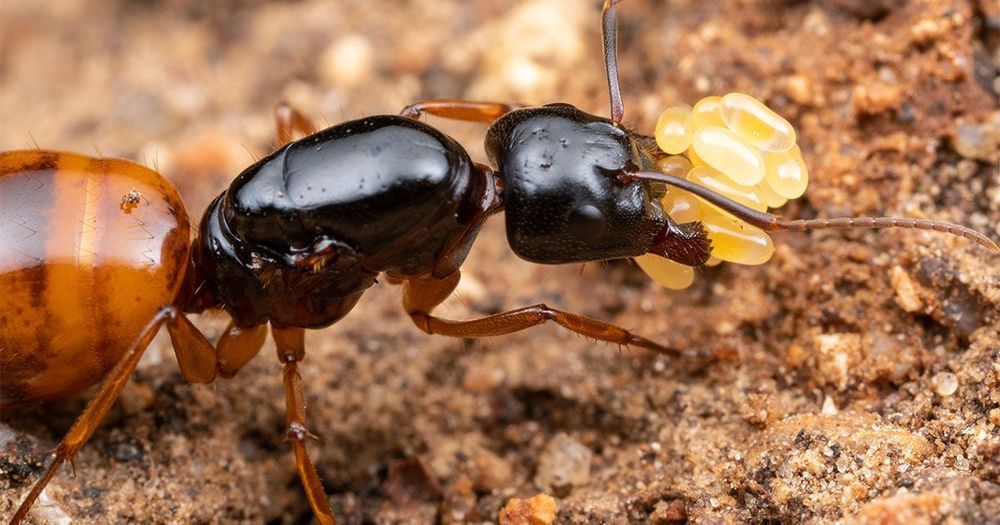

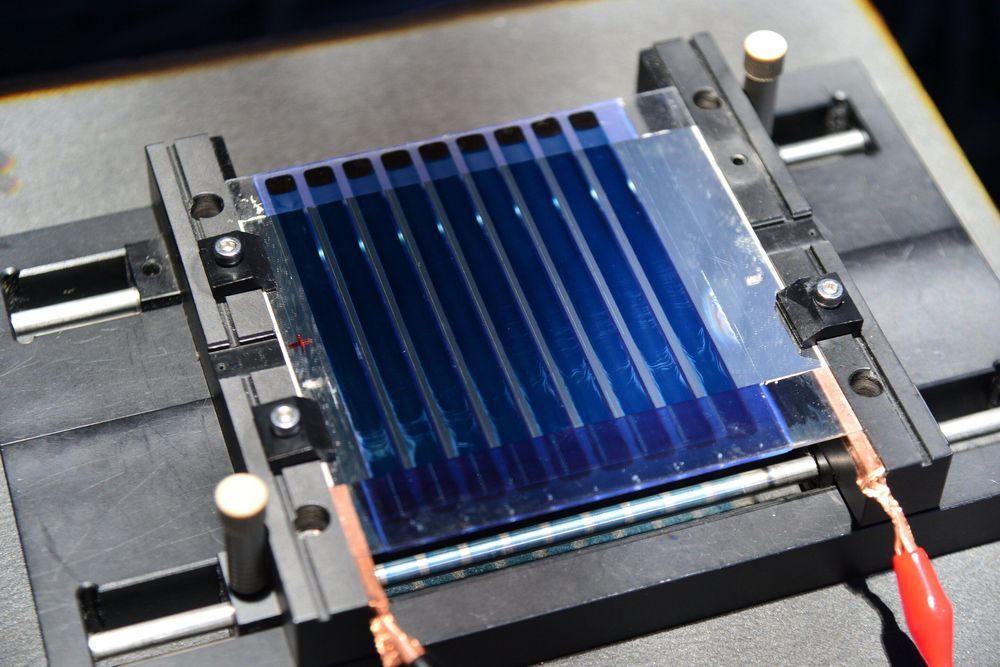
Researchers in Korea have successfully developed a large-area, organic-solution-processable solar cell with high efficiency. They achieved their breakthrough by controlling the speed at which the solution of raw materials for solar cells became solidified after being coated. The team, led by Dr. Hae Jung Son from the Photo-electronic Hybrids Research Center of the Korea Institute of Science and Technology (KIST), have identified the difference in the mechanism of film formation between a small area and a large area of organic solar cells in a solution process, thereby making possible the development of high-efficiency, large-area organic photovoltaics.
If a photovoltaic material is made in the form of paint that can be applied to any surface, such as the exterior of a building or a car, it will be possible to achieve energy self-sufficiency and provide low-cost, eco-friendly energy to regions suffering from energy poverty. Such technology would provide easy installation of photovoltaics, even on urban buildings, and the photovoltaic panels could be maintained by re-applying the “paint.”
Solution-processable solar cells, which work by coating the surface with the solar cell solution, are not yet feasible for industry. Currently, such large-area photovoltaics present reduced performance and production difficulties due to material- and process-related limitations, and this has been an obstacle to commercialization.
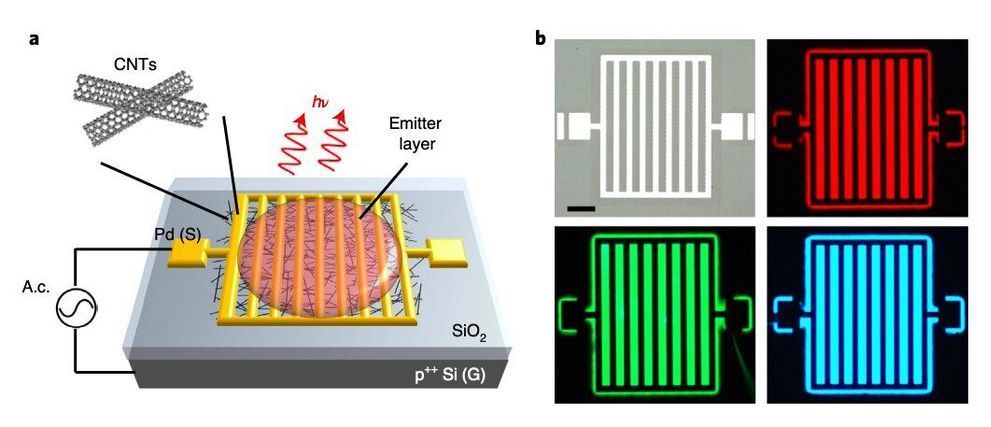
Electroluminescence (EL), electrically produced luminescence, is crucial to the operation of many electronic devices that are designed to emit light. EL can theoretically be achieved in devices with a variety of structures and made of different materials. However, to be electroluminescent, these devices need to have a number of core features that allow them to support specific light-emitting materials.
These core features have so far limited the range of materials that can be used to build electroluminescent devices. This ultimately prevented the development of devices that can emit light at a wide range of wavelengths.
Researchers at University of California Berkeley (UC Berkeley) have recently realized an electroluminescent device that can emit light from infrared to ultraviolet wavelengths. This new device, presented in a paper published in Nature Electronics, was built using carbon nanotubes (CNTs), large, cylindrical carbon-based structures that are often used to fabricate electronics.

Managing the heat generated in electronics is a huge problem, especially with the constant push to reduce the size and pack as many transistors as possible in the same chip. The whole problem is how to manage such high heat fluxes efficiently. Usually, electronic technologies, designed by electrical engineers, and cooling systems, designed by mechanical engineers, are done independently and separately. But now, EPFL researchers have quietly revolutionized the process by combining these two design steps into one: They’ve developed an integrated microfluidic cooling technology together with the electronics that can efficiently manage the large heat fluxes generated by transistors. Their research, which has been published in Nature, will lead to even more compact electronic devices and enable the integration of power converters, with several high-voltage devices, into a single chip.
The best of both worlds
In this ERC-funded project, Professor Elison Matioli, his doctoral student Remco Van Erp, and their team from the School of Engineering’s Power and Wide-band-gap Electronics Research Laboratory (POWERLAB), began working to bring about a real change in designing electronic devices by conceiving the electronics and cooling together, right from the beginning. The group sought to extract the heat very near the regions that heat up the most in the device. “We wanted to combine skills in electrical and mechanical engineering in order to create a new kind of device,” says Van Erp.
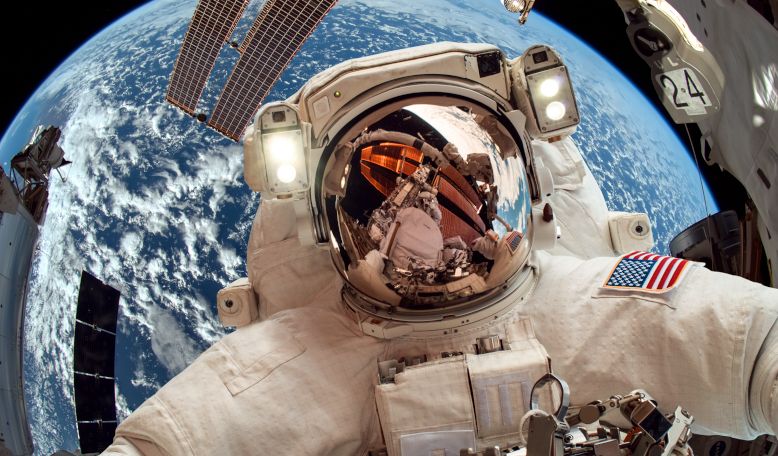
It’s good news for anyone planning on spending months floating around in the International Space Station (ISS) or for those who might one day find themselves on a long-haul flight to Mars, as researchers imaging the brains of Russian cosmonauts have found that while the brain does undergo changes in a microgravity environment, it doesn’t deteriorate.
New research suggests prolonged exposure to microgravity does cause parts of the brain to reorganise itself, but does not trigger loss of brain tissue.
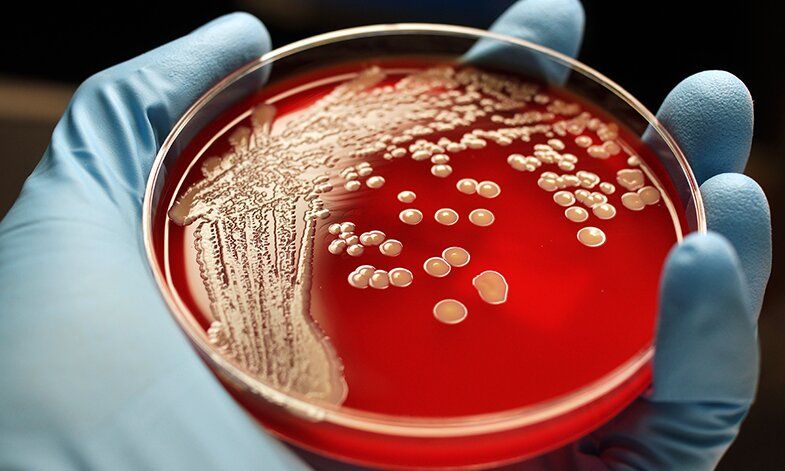
Researchers at the University of Sheffield have developed a new compound that is able to kill both gram-positive and gram-negative antibiotic-resistant bacteria.
Gram-positive and gram-negative bacteria have different cell wall structures, but the new antibiotic compound is able to pass through the cell wall of both forms of bacteria and then bind to the DNA.
The findings, published in Chemical Science, pave the way for developing new treatments for all kinds of antibiotic resistant bacteria, including the gram-positive MRSA and gram-negative E.Coli.
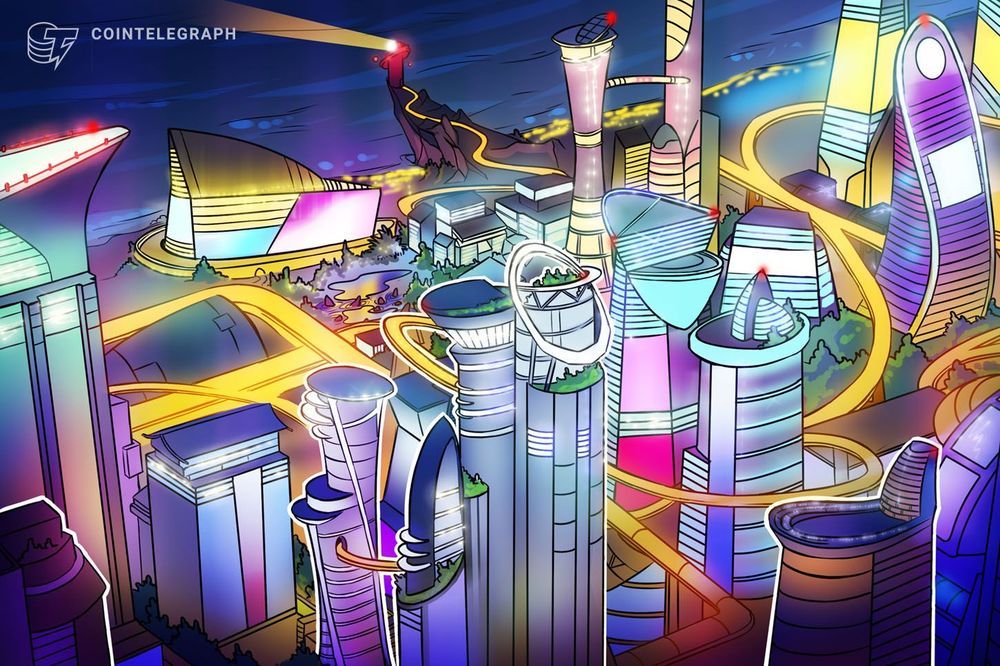
Singapore-based blockchain data firm CyberVein has become one of 12 firms participating in the construction of China’s Hainan Wenchang International Aerospace City. Construction commenced last month, with the site previously hosting a satellite launch center. Described as “China’s first aerospace cultural and tourism city,” it will be a hub for the development of aerospace products and support services intended for use in Chinese spacecraft and satellite launch missions. The 12-million-square-meter facility will host the country’s first aerospace super-computing center, and will focus on developing 40 technological areas including big data, satellite remote sensing and high precision positioning technology. CyberVein will work alongside major Chinese firms, including Fortune 500 companies Huawei and Kingsoft Cloud, and will leverage its blockchain, artificial intelligence and big data technologies to support the development of the city’s Smart Brain Planning and Design Institute.”
Blockchain firm CyberVein is partnering with the Chinese government to build a blockchain-powered governance system for its aerospace ‘smart city.’
Listen to article.
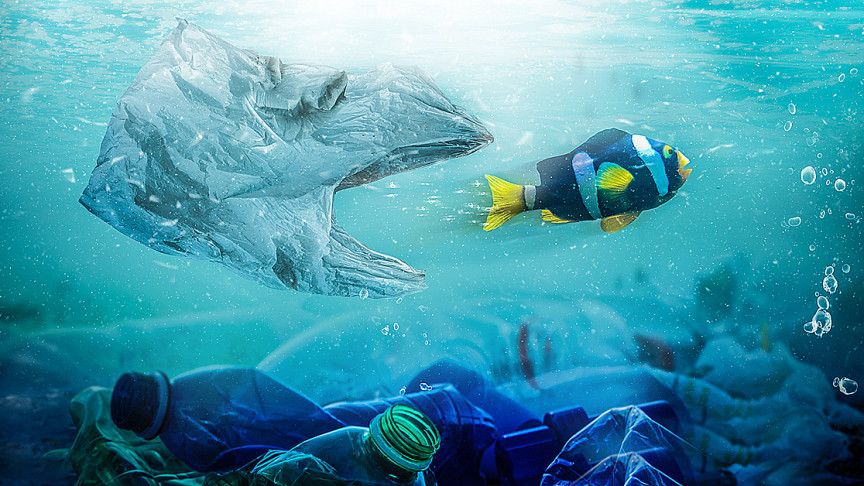
Plastics, plastics everywhere! From the water that we drink to the Great Pacific Garbage Patch, plastics and all sorts of trash are quite literally everywhere; so the fact that the seabed houses even more of those probably won’t come off as a surprise for you.
Thankfully, the Fraunhofer Center for Maritime Logistics and Services (CML) and an international network of partners are willing to tackle this problem with the use of autonomous robots in a project called SeaClear.
Freeing the Earth from underwater waste is not an easy feat, but this project might actually tidy up our mess.
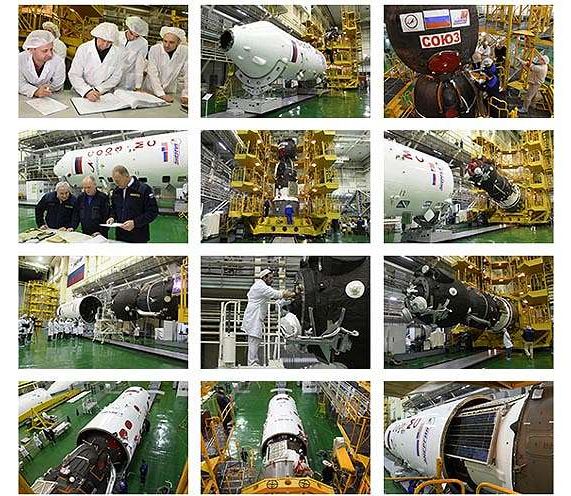
NASA changed its mind and decided not to buy a seat on Russia’s Soyuz spacecraft to deliver its astronaut to the International Space Station (ISS) in the spring of 2021, according to Roscosmos’ 2019 annual report.
In May, NASA chief Jim Bridenstine announced that the option of acquiring a seat on the Soyuz MS-18 manned spacecraft, which would be launched in April 2021, is being considered. In August, a source in the space industry said that for the first time in the history of the ISS, a crew consisting of only Russian cosmonauts would fly on Soyuz MS-18, but there was no official confirmation of this so far.
“At the beginning of 2020, the US side announced its readiness to purchase services for the delivery of only one astronaut in the fall of 2020: the conditions are currently being discussed, the modification project is being adjusted,” the report says. In December 2019, Roscosmos chief Dmitry Rogozin announced the decision to provide NASA with one seat on the Soyuz MS-17 spacecraft to be launched in October 2020 and Soyuz MC-18 to be launched in April 2021.
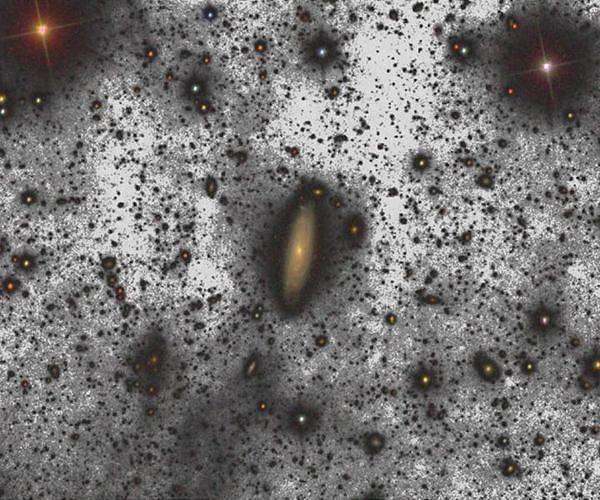
A radio telescope in outback Western Australia has completed the deepest and broadest search at low frequencies for alien technologies, scanning a patch of sky known to include at least 10 million stars.
Astronomers used the Murchison Widefield Array (MWA) telescope to explore hundreds of times more broadly than any previous search for extraterrestrial life.